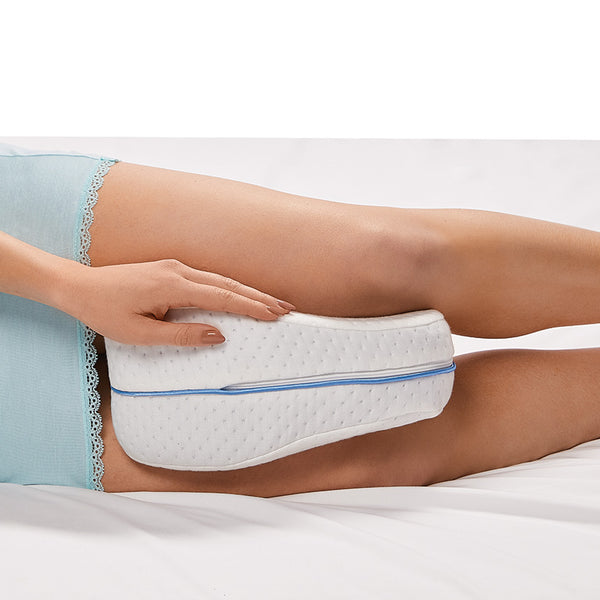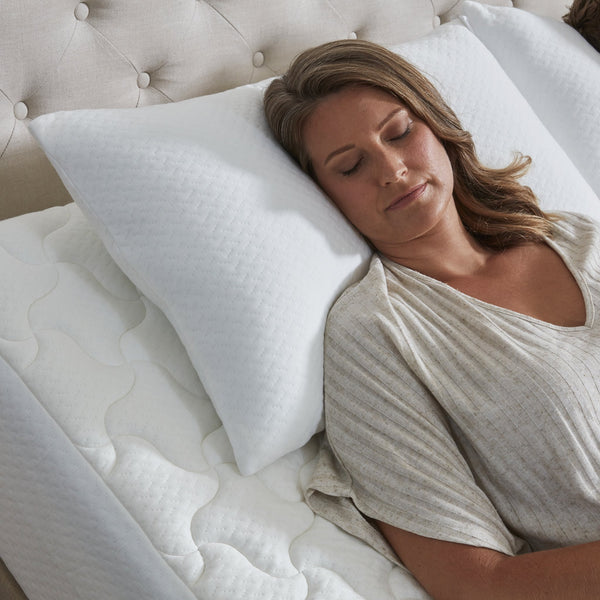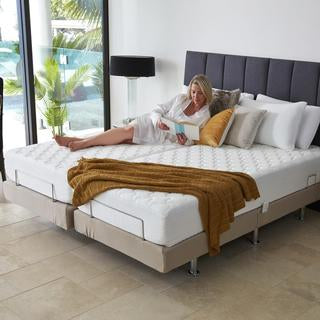The very last person you think about right before you fall asleep. That’s who your heart belongs to - Anonymous
Owl vs Lark
We know some people are night owls, while others are early birds. There is even evidence to suggest a genetic predisposition to be one or the other. For couples, a mismatch of sleeping patterns can be a significant relationship issue, one requiring understanding and negotiation.
We know some people are night owls, while others are early birds. There is even evidence to suggest a genetic predisposition to be one or the other. For couples, a mismatch of sleeping patterns can be a significant relationship issue, one requiring understanding and negotiation.
Expert suggestions:
- Acknowledge your differences, and approach the issue in a spirit of good will
- Make an agreement to give each other space in the early mornings and late evenings
- Schedule “couple time” at times of the day when you’re both fresh and focused
- Keep important discussions confined to these times too
- If you both feel like you need more time together, it may be that you come to a mutual agreement that one person tries to shift their sleep pattern to conform with the other
- This can be attempted by gradually moving bedtime back or forward till you are more in sync
- Remember that you both need 7 – 8 hours a night for optimal health and functioning
- Acknowledge your differences, and approach the issue in a spirit of good will
- Make an agreement to give each other space in the early mornings and late evenings
- Schedule “couple time” at times of the day when you’re both fresh and focused
- Keep important discussions confined to these times too
- If you both feel like you need more time together, it may be that you come to a mutual agreement that one person tries to shift their sleep pattern to conform with the other
- This can be attempted by gradually moving bedtime back or forward till you are more in sync
- Remember that you both need 7 – 8 hours a night for optimal health and functioning
Heater vs Fridge
For male/female couples, it’s often the man who’s hot, while the woman feels the chill. Scientific evidence shows that women have a more evenly distributed layer of fat, which results in blood diverting more readily to their inner organs when the temperature drops. This results in cold extremities. Women’s body temperature also drops more quickly at night. It is surmised that these differences may relate to women’s role in procreation of young. For some couples though, it’s the man who feels the cold and women can become “hot sleepers” during menopause. Either way, if one half of a couple is a night time ice block while the other is a hot potato, a bit of creativity is required to ensure a successful co-sleeping arrangement.
For male/female couples, it’s often the man who’s hot, while the woman feels the chill. Scientific evidence shows that women have a more evenly distributed layer of fat, which results in blood diverting more readily to their inner organs when the temperature drops. This results in cold extremities. Women’s body temperature also drops more quickly at night. It is surmised that these differences may relate to women’s role in procreation of young. For some couples though, it’s the man who feels the cold and women can become “hot sleepers” during menopause. Either way, if one half of a couple is a night time ice block while the other is a hot potato, a bit of creativity is required to ensure a successful co-sleeping arrangement.
Expert suggestions:
- For the hot half, wearing pyjamas draws perspiration away from the body, resulting in a cooler, more comfortable sleep
- A fan directed at your face can rapidly reduce body temperature as a lot of heat can be lost through the cheeks
- No cuddly sleeping. It increases heat, which only works for one of you.
- For the cold half, wear warm socks to bed. This increases body heat and helps you to fall asleep more quickly
- Get an electric blanket that heats each side of the bed separately.
- There are special types of bedding which are divided into light weight and heavier weight warmth preferences, and others that allow for the insertion of customised inserts.
- For the hot half, wearing pyjamas draws perspiration away from the body, resulting in a cooler, more comfortable sleep
- A fan directed at your face can rapidly reduce body temperature as a lot of heat can be lost through the cheeks
- No cuddly sleeping. It increases heat, which only works for one of you.
- For the cold half, wear warm socks to bed. This increases body heat and helps you to fall asleep more quickly
- Get an electric blanket that heats each side of the bed separately.
- There are special types of bedding which are divided into light weight and heavier weight warmth preferences, and others that allow for the insertion of customised inserts.
Snorer vs listener
This can be one of the most challenging sleep problems couples face. If snoring is severe, turning the snorer over may have little effect. If you notice your mate snores with snorts and sudden silences, this could be a sign of sleep apnoea, a more serious condition requiring medical assessment. See the snoring section of this book for recommendations about how snoring may be addressed. If it looks like you’re just going to have to deal with it, here are some ideas.
This can be one of the most challenging sleep problems couples face. If snoring is severe, turning the snorer over may have little effect. If you notice your mate snores with snorts and sudden silences, this could be a sign of sleep apnoea, a more serious condition requiring medical assessment. See the snoring section of this book for recommendations about how snoring may be addressed. If it looks like you’re just going to have to deal with it, here are some ideas.
Expert suggestions:
- Go to bed before your snoring partner. Ask them to let you fall asleep first.
- Wear ear plugs. For some people, this works well.
- Use a white noise machine. This can drown out the snoring noise with more peaceful sounds.
- Get your partner a C-PAP machine. This Darth Vaderesque contraption is effective in stopping snoring and treating sleep apnoea. Expensive, but worthwhile.
- If all else fails, many couples maintain happy relationships in spite of sleeping in separate bedrooms. The key is to ensure you make time for intimacy. Chronic sleep deprivation is likely to have a serious negative impact on any relationship, and should be avoided at all costs.
- Go to bed before your snoring partner. Ask them to let you fall asleep first.
- Wear ear plugs. For some people, this works well.
- Use a white noise machine. This can drown out the snoring noise with more peaceful sounds.
- Get your partner a C-PAP machine. This Darth Vaderesque contraption is effective in stopping snoring and treating sleep apnoea. Expensive, but worthwhile.
- If all else fails, many couples maintain happy relationships in spite of sleeping in separate bedrooms. The key is to ensure you make time for intimacy. Chronic sleep deprivation is likely to have a serious negative impact on any relationship, and should be avoided at all costs.
TV vs silence
Some people need background noise to sleep, while others prefer silence. Luckily there’s a handy invention called head phones that solves this problem rather neatly. Use them, and all should be well.
Some people need background noise to sleep, while others prefer silence. Luckily there’s a handy invention called head phones that solves this problem rather neatly. Use them, and all should be well.
Soft mattress vs hard mattress
This is another area where personal preferences can be divergent. With the advent of modern furniture design, there are now beds that allow for each side of the mattress to be customised to the firmness or softness desired by the sleeper in question. Consider it an investment in your health and happiness.
This is another area where personal preferences can be divergent. With the advent of modern furniture design, there are now beds that allow for each side of the mattress to be customised to the firmness or softness desired by the sleeper in question. Consider it an investment in your health and happiness.
Light vs dark
This is a matter of personal preference, but a dark environment promotes a deeper more restful sleep. Some people have an aversion of the dark that extends into adulthood, in which case a compromise may be necessary. The person who prefers darkness may choose to wear a satin sleep mask, while the one who needs light may be able to cope with a dim or softly coloured bulb rather than anything bright and glary.
This is a matter of personal preference, but a dark environment promotes a deeper more restful sleep. Some people have an aversion of the dark that extends into adulthood, in which case a compromise may be necessary. The person who prefers darkness may choose to wear a satin sleep mask, while the one who needs light may be able to cope with a dim or softly coloured bulb rather than anything bright and glary.
Cuddler vs space cadet
Are we cuddly sleepers? If both people are in agreement, sleeping wrapped in each other’s arms can be the best part of the day for a happy couple. On the other hand, differences in body temperature and need for personal space can create a conundrum for some. Communication is key to resolving this one successfully, so that both people get their needs met. It may be that cuddles are kept for a few minutes after lights out, when the space cadet can move over to their side to settle down to sleep.
Are we cuddly sleepers? If both people are in agreement, sleeping wrapped in each other’s arms can be the best part of the day for a happy couple. On the other hand, differences in body temperature and need for personal space can create a conundrum for some. Communication is key to resolving this one successfully, so that both people get their needs met. It may be that cuddles are kept for a few minutes after lights out, when the space cadet can move over to their side to settle down to sleep.
Blanket stealer
This is a tricky one, because blanket stealers commit their dastardly acts as they sleep, making it hard to hold them accountable for their actions. One solution is to have two separate duvets that meet midpoint on a double bed. You can also try buying a larger sheet and duvet set, such as a king size for a queen bed. If that’s too complicated, just steal the blanket back again. Simple, and effective.
This is a tricky one, because blanket stealers commit their dastardly acts as they sleep, making it hard to hold them accountable for their actions. One solution is to have two separate duvets that meet midpoint on a double bed. You can also try buying a larger sheet and duvet set, such as a king size for a queen bed. If that’s too complicated, just steal the blanket back again. Simple, and effective.
Violent sleeper
People who act out in a violent way during sleep may be suffering from Rapid Eye Movement Sleep Behaviour Disorder (RBD). This is most common in males over the age of 50, and usually associated with disorders such as Parkinson’s disease. With RBD, the muscle atonia (paralysis) that normally accompanies the REM phase of sleep is compromised, so the vivid dreams common in this sleep phase can prompt the sleeper to become physically active during sleep. The other manifestation of this condition is that dream content becomes more violent in nature, and therefore more inclined to promote an aggressive response in the dreamer. In up to 69% of cases, partners of people with RBD are injured by them during sleep. Symptoms of RBD require assessment by a medical professional.
People who act out in a violent way during sleep may be suffering from Rapid Eye Movement Sleep Behaviour Disorder (RBD). This is most common in males over the age of 50, and usually associated with disorders such as Parkinson’s disease. With RBD, the muscle atonia (paralysis) that normally accompanies the REM phase of sleep is compromised, so the vivid dreams common in this sleep phase can prompt the sleeper to become physically active during sleep. The other manifestation of this condition is that dream content becomes more violent in nature, and therefore more inclined to promote an aggressive response in the dreamer. In up to 69% of cases, partners of people with RBD are injured by them during sleep. Symptoms of RBD require assessment by a medical professional.





Leave a comment: